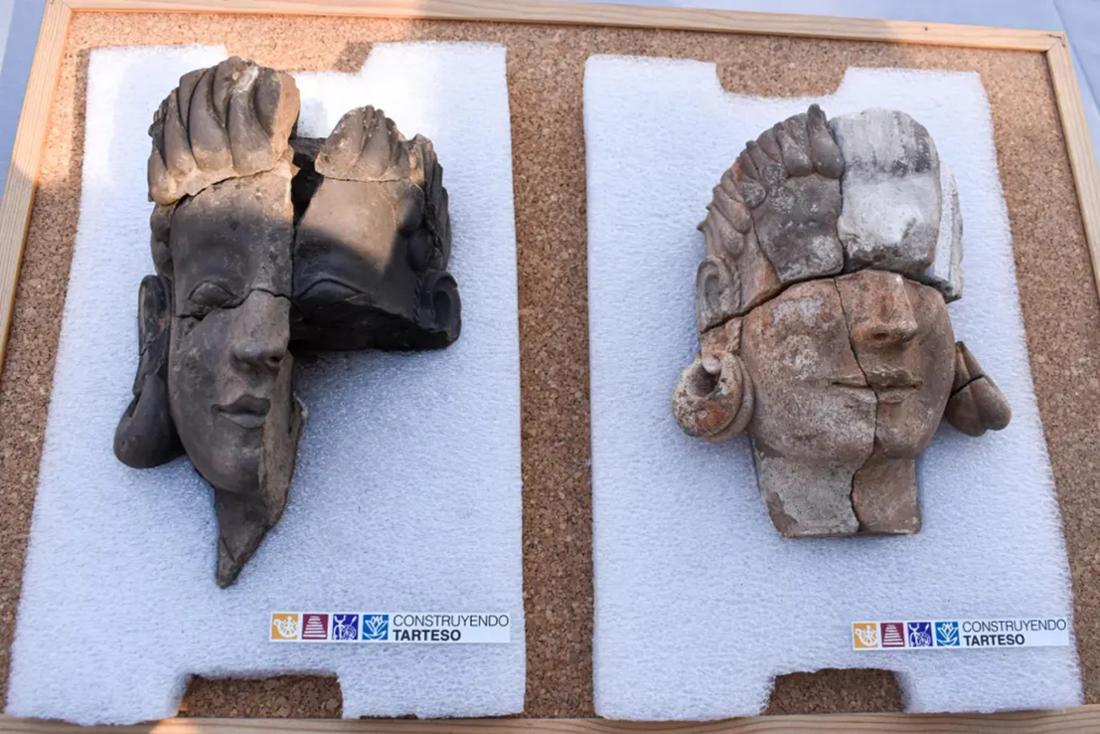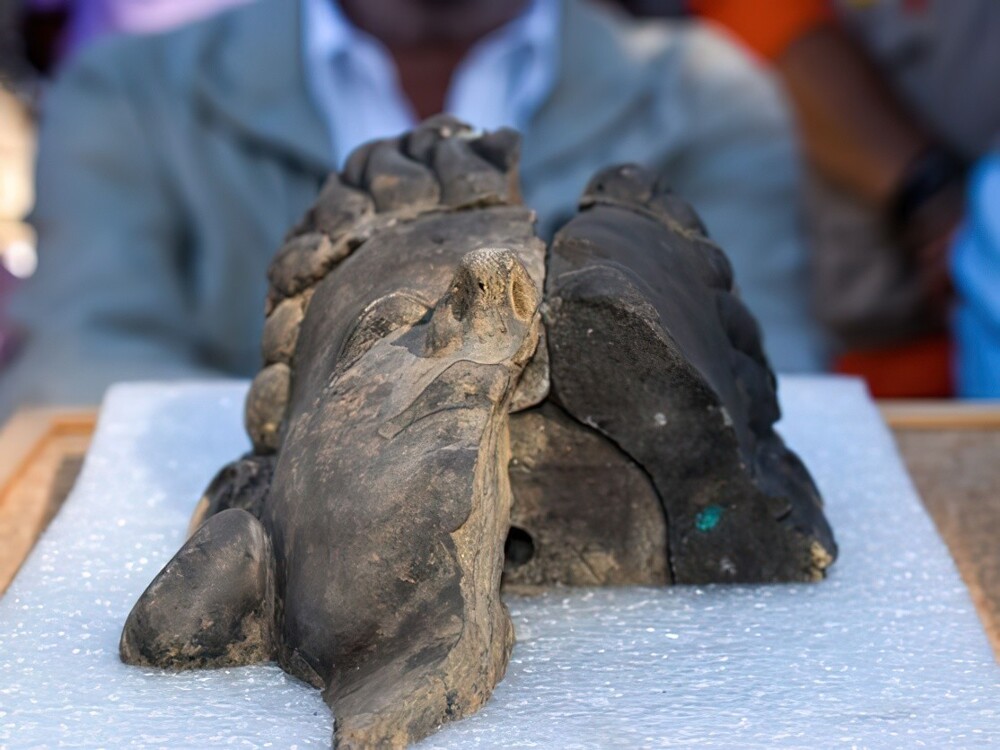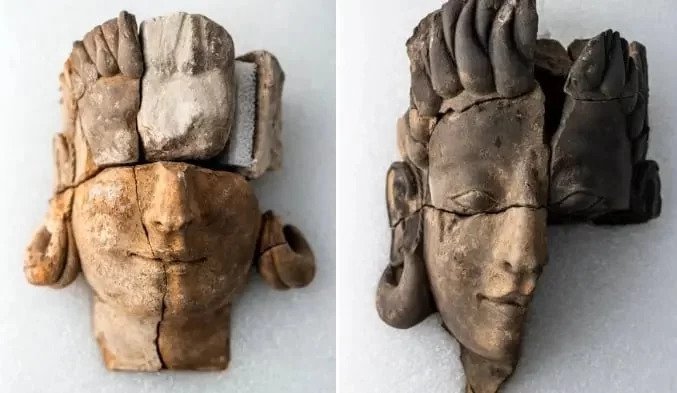The ancient Iberian Peninsula has long been shrouded in mystery, with its rich cultural heritage often eluding our understanding. However, a recent archaeological excavation in the town of Guareña, Badajoz, Spain, has unveiled a remarkable discovery that is poised to rewrite our understanding of the enigmatic Tartessian civilization. Archaeologists have uncovered the first human representations of the people of mythical Tartessos, shedding light on this captivating ancient culture.
Unveiling the Tartessian Visage
Archaeologists from the Institute of Archaeology, a joint center of the Higher Council for Scientific Research (CSIC) and the Junta de Extremadura, have made a truly remarkable find. Led by Esther Rodríguez González and Sebastián Celestino Pérez, the team has unearthed five life-sized stone busts that reveal the faces of the ancient Tarteso people for the first time.

The Remarkable Tartessian Busts
The excavation at the Casas de Turuñuelo archaeological site in Guareña has yielded an extraordinary set of stone sculptures. Of the five busts recovered so far, two are almost complete and depict female figures adorned with exquisite earrings, a signature of Tartessian goldsmithing. According to Esther Rodríguez, these types of earrings have been found at other sites from the same era and region, but now researchers can finally see how they were worn, with the chain attached directly to the ear.
Challenging the Tartessian Iconographic Tradition
This discovery represents a significant shift in the interpretation of Tartessian culture. Previously, the Tartessians were believed to be an aniconic culture, with divinity represented through animal or plant motifs, or sacred stones. However, these life-sized stone busts challenge this long-held notion, suggesting a more sophisticated artistic tradition than previously thought.
Revealing the Tartessian Pantheon and Society

The researchers suggest that these remarkable sculptures may depict female deities from the Tartessian pantheon. However, they do not rule out the possibility that they could be representations of prominent figures within Tartessian society. The technical quality and artistic detail of the busts indicate a high level of craftsmanship, hinting at the Tartessians’ cultural sophistication.
Placing Tartessos in the Mediterranean Art World
This groundbreaking discovery has the potential to rewrite art history, as Rodríguez points out. The Tartessian busts can now be compared to the sculptures of Etruscan, Iberian, and Greek cultures, as nothing similar has been found before. The researchers are even working to identify the specific type of stone used in the creation of these remarkable artifacts.
The Mysteries of Casas de Turuñuelo

The Casas de Turuñuelo site where the Tartessian busts were found remains a puzzle to researchers. The purpose of this unusual building is still a mystery, but the scientists believe it may have served as an economic and political center. The decision of the site’s inhabitants to destroy it one day, 2,500 years ago, is another intriguing question that the research team is seeking to unravel.
Conclusion
The discovery of the Tartessian stone busts at the Casas de Turuñuelo archaeological site in Guareña, Spain, is a monumental event that has the potential to transform our understanding of the ancient Tartessian civilization. These remarkable artifacts not only reveal the faces of the Tarteso people for the first time but also challenge long-held beliefs about their artistic and cultural traditions. As researchers continue to study these remarkable sculptures, they are poised to uncover new insights into the rich and complex history of the Iberian Peninsula, further enriching our knowledge of the ancient world.
